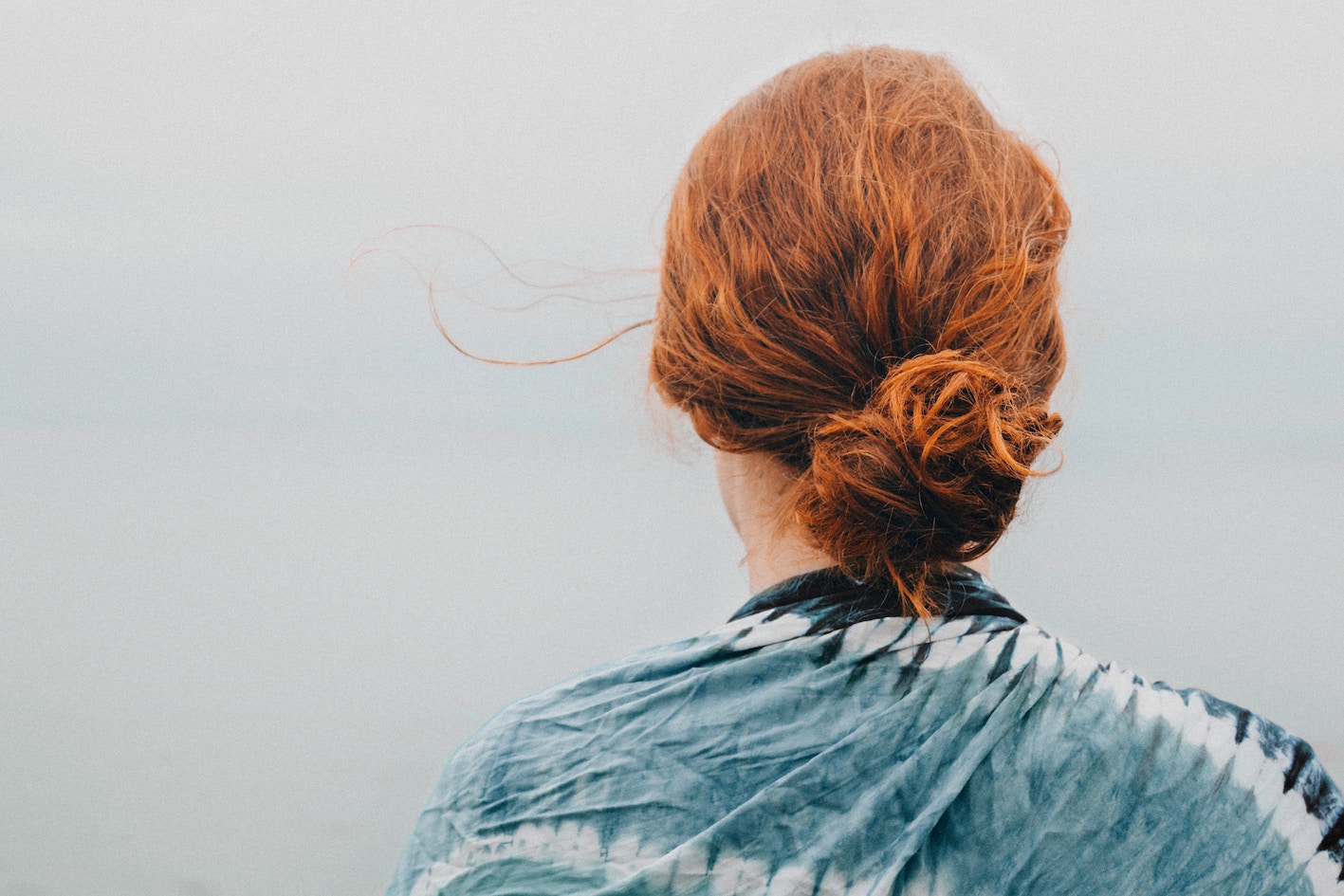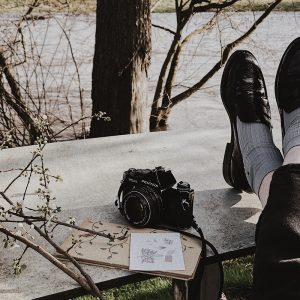Yin yoga has been around for centuries, but it’s not nearly as well known as Bikram or Ashtanga yoga. It’s a very quiet, meditative form of yoga. Journalist Fleur Baxmeier spoke with two trainers about what Yin yoga can do for you and why it’s so popular right now.
- Where does yin yoga come from?
Yin and yang are two opposing forces. Yin represents stillness, femininity and water, while yang stands for action, virility and fire. The one cannot exist without the other. Many yoga forms that we know, such as Ashtanga or Bikram, are yang: nice and active, full of movement. “The opposite of that is Yin yoga, a meditative form that, like other forms of yoga, is centuries old,” says Yin yoga trainer Inge Peters. Ancient writings like the Hatha Yoga Pradipika, say more about this quieter form than the more active variant. But because “being active” seemed to better fit our stimulation-driven lives, Yin yoga fell into oblivion. Yin yoga teacher Paul Grilley resurrected it in America back in 1980, and now you see it popping up all over the place. It’s also called yoga for lazy people, because it’s done mainly lying down or seated.
- What does it do for you?
Whereas many other yoga forms are about firming up and strengthening your muscles, Yin yoga is about relaxing your muscles as much as possible. Your attention is focused on the tendons and joints where you feel the stretch. “You stretch the tissue in such a profound way that it becomes more supple and moist, and the energy can flow through it freely,” says Peters.That’s no superfluous luxury, because as we grow older, our connective tissue becomes more rigid and harder. Of course, you can’t stretch your bones and joints, but you can stretch the connections around them. Yin yoga makes bones and joints agile and active again. “All in all, you can say that with Yin yoga your body becomes more flexible, more stable, more supple, agile and ultimately also stronger,” Peters continues. “If, as a child you ever did the splits, then chances are that by doing Yin yoga you’ll be able to do them again.”
*More about Yin yoga can be found in Issue 12.
Text Fleur Baxmeier Photography ©Tyler McRobert/Unsplash














